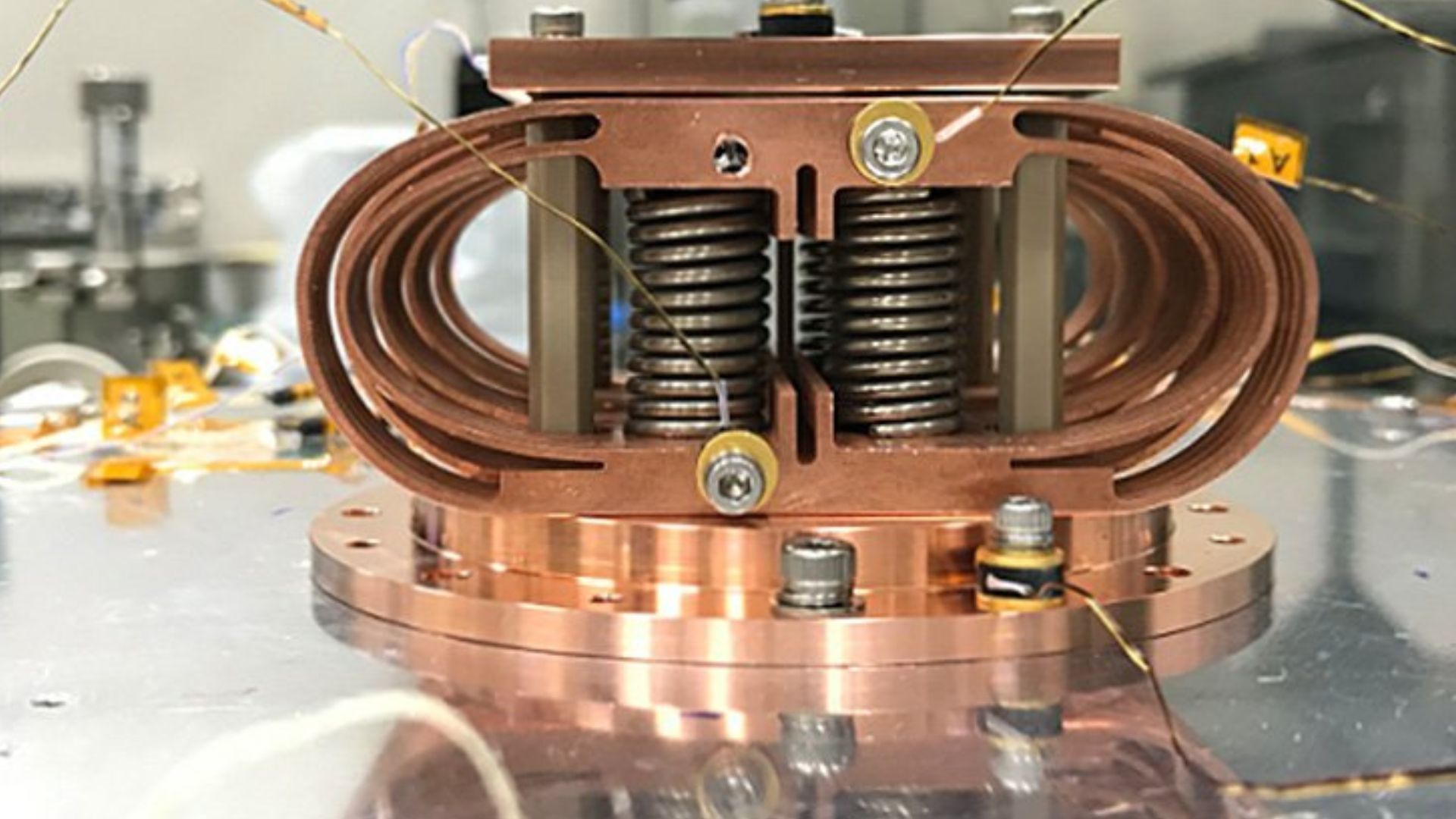A collaborative effort by leading Japanese institutions has led to the development of copper-based alloy (Cu-Al-Mn) with a unique “shape memory effect” at a low temperature of -200°C (−328 °F).
This development could help design technologies for the harshest environments on Earth and in space, where standard materials falter.
It can be used to build machines operating in incredibly cold environments, like deep space or in systems handling super-chilled hydrogen.
The development comes from Tohoku University, Iwate University, the Japan Aerospace Exploration Agency (JAXA), the National Astronomical Observatory of Japan, Tokyo City University, and Kyoto University.
Actuator material
The research addresses a long-standing challenge in materials science.
For a long time, researchers have been searching for alloys that can maintain this “memory” in extreme cold.
Shape memory alloys (SMAs) are materials that can be molded when cold, but will spring back to their original configuration when warmed — similar to how memory foam retains its shape.
While existing nickel-titanium (Ni-Ti) based SMAs lose this ability below -20°C, and other cryogenic-capable SMAs are impractical, this new Cu-Al-Mn alloy offers a viable solution.
“We were very happy when we saw that it worked at -170°C. Other shape memory alloys simply can’t do this,” said Toshihiro Omori from Tohoku University.
This new alloy is the first functional actuator material capable of “large work output” at these extreme temperatures.
“This study met the challenge of finding the first functional actuator material capable of large work output at temperatures below -100°C,” the researchers wrote in the press release.
“Actuators are components that turn some sort of input into mechanical energy (movement),” it added.
These are vital for everything from the Mars rover to the devices in our homes.
Shows promise in testing
To prove its potential, the team prototyped a mechanical heat switch using their new Cu-Al-Mn alloy as an actuator.
Notably, the switch functioned flawlessly at -170°C. It regulated heat by alternating between making and breaking contact as the temperature changed.
This development is a pivotal step towards creating high-performance actuators capable of functioning in cryogenic conditions—a feat previously unattainable.
It opens up exciting possibilities, such as developing mechanical heat switches for the cooling systems in space telescopes.
“The simplicity and compactness of such mechanical heat switches make them a crucial technology for future space missions,” the press release noted.
Apart from space, this innovation holds potential for advancing carbon-neutral tech, particularly in the challenging hydrogen transportation and storage fields.
In a related but different advancement, NASA is actively developing Shape Memory Alloy spring tires for its mobile robots used in planetary exploration.
These robots are designed to navigate challenging surfaces like those on Mars, where tire performance is important.
Conventional metal tires can permanently deform, while SMA tires, primarily made of nickel-titanium, can undergo deformation even under extreme stress and revert to their original shape.
Meanwhile, in another development, researchers at Saarland University in Germany used SMA to develop a new robotic gripping system.
This lightweight gripper achieves its performance by utilizing bundles of ultrafine nickel-titanium SMA wires.
